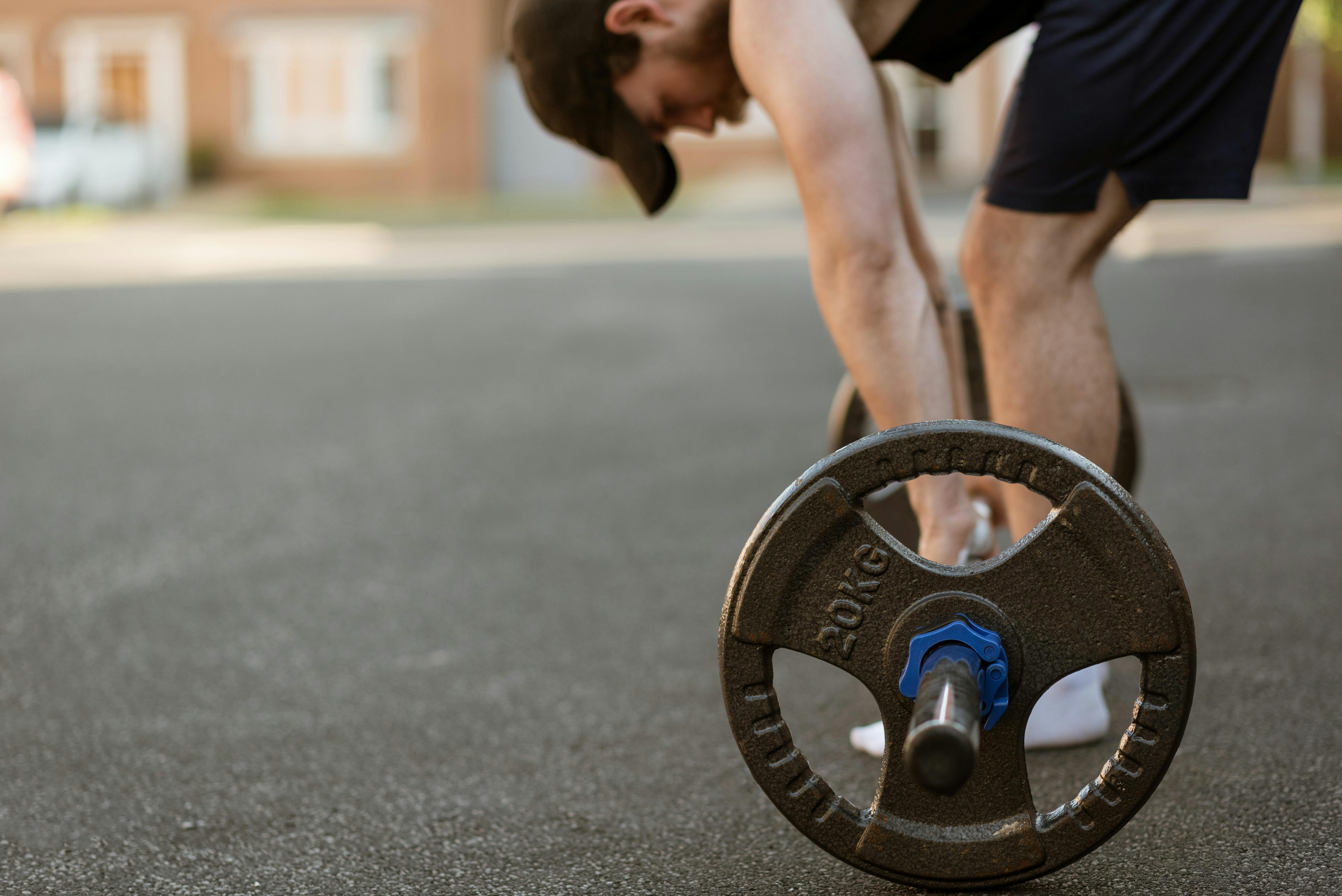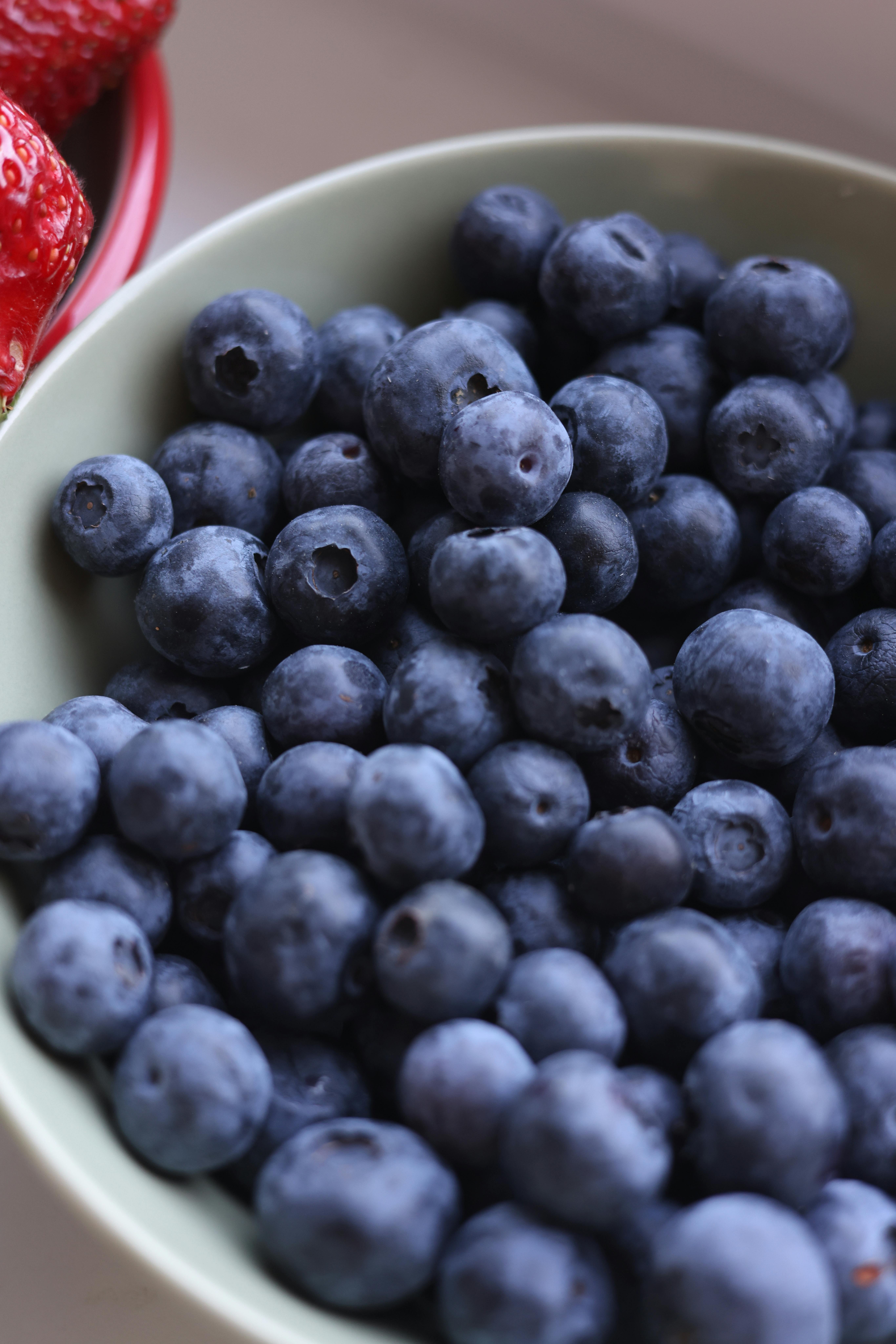Effective Ways to Implement the Shred Diet for 2025 Results

Apply Now


Effective Ways to Implement the Shred Diet for 2025 Results
Understanding the Shred Diet Principles
The Shred Diet is a structured dietary plan designed to optimize weight loss while promoting muscle retention and overall health. Rooted in principles of clean eating and controlled caloric intake, the Shred Diet emphasizes a high-protein, low-carb approach combined with strategic meal planning. By understanding these principles, individuals can enhance their chances for success. Adhering to a calorie deficit is fundamental in facilitating weight loss. This means consuming fewer calories than the body expends. To boost metabolism and maintain muscle mass, the Shred Diet incorporates high-protein foods, which help in building lean muscle, thereby enhancing body composition. Maintaining a consistent meal frequency—typically 5–6 smaller meals throughout the day—supports stable energy levels and prevents excessive hunger, making adherence easier. It's essential to consider hydration, as it plays a pivotal role in digestion and metabolism. Drinking enough water impacts energy levels and can also help with appetite control. Beyond nutrition, including a well-rounded exercise routine such as resistance training and cardiovascular workouts is critical for effective fat burning. The Shred Diet combines the right nutritional strategies with exercise to help you reach your fitness goals.Meal Planning Strategies for Shred Diet Success
When it comes to meal planning under the Shred Diet, organization and variety are key. A successful meal prep routine not only simplifies your daily eating habits but also helps avoid unhealthy snacking. Here’s how to effectively plan your meals: Begin by mapping out your weekly meals to ensure you're hitting your macro ratios—protein, fats, and carbohydrates. Utilizing a nutrition plan that emphasizes high fiber foods aids in satiety and digestive health, whilst the inclusion of clean eating principles helps eliminate processed foods. Incorporate nutrient-dense foods such as lean proteins, healthy fats, and fibrous vegetables into your meal composition. Preparing healthy snacks is also essential; options like protein-rich smoothies can serve as excellent meal replacements or snacks to keep your energy levels up throughout the day. Consider portion control as a guiding principle for each meal. Using portion sizes that align with your calorie goals will prevent overeating. Additionally, monitoring your meals with fitness tracking apps can help maintain accountability. Remember to keep a flexible approach in your meal frequency and adapt your meal timing to suit your lifestyle and workout schedule. This ensures that your nutrition aligns with your physical activity levels, optimizing your overall results with the Shred Diet.Integrating Exercise Routines with the Shred Diet
A successful Shred Diet requires more than just dietary changes; it calls for a commitment to a comprehensive exercise routine. The right combination of aerobic exercises, resistance training, and interval training can significantly enhance fat-burning results. Start with a well-structured workout schedule, incorporating strength training at least three to four times a week. Weight lifting not only aids in muscle retention but also boosts the metabolism, fostering a better caloric burn throughout the day. Consider adding bodyweight exercises and resistance bands for variety and to keep your workouts engaging. In conjunction with strength workouts, incorporating aerobic exercise is crucial. Cardio workouts not only burn calories but also improve cardiovascular health. Aim for varying intensities—high-intensity interval training (HIIT) can be particularly effective for fat loss as it alternates between intense bursts of activity and periods of lower intensity or rest. Establishing an exercise routine that aligns with your personal fitness goals is essential. Whether your focus is on strength, endurance, or overall fitness, tailoring workouts to your needs ensures better adherence to both diet and exercise.Mindful Eating and Its Impact on Shred Diet Adherence
Mindful eating is a crucial element of the Shred Diet that can enhance your weight loss journey. This approach emphasizes awareness and consciousness during meals with the aim of fostering a healthier relationship with food. Start by recognizing physical hunger cues. Eating when hungry and stopping when satisfied rather than distractedly munching can lead to reduced caloric intake and better portion control. During meals, put away distractions such as screens and focus on the flavors, textures, and even the nutritional benefits of what you're consuming. Another component of mindful eating is engaging in smart dieting practices, including food tracking. Keeping a journal or employing fitness tracking apps can help you stay mindful of your meal composition and caloric intake. Such tools allow for more informed decision-making and help you adhere to your dietary guidelines. It's also essential to appreciate the social contexts of food. Meal times can often involve gatherings or celebrations, which might tempt you into indulging more than planned. Prioritize healthy choices where possible, and take the time to enjoy your food, which can mitigate feelings of restriction while still allowing for enjoyment.Maximizing Weight Loss Through Nutrition
Identifying and Utilizing Fat Burning Foods
Not all foods are created equal when it comes to fat loss. The Shred Diet encourages the consumption of fat burning foods that support metabolism and aid in weight management. Foods rich in protein, healthy fats, and dietary fiber are not only satiating but also facilitate fat loss. Lean proteins like chicken, turkey, fish, and legumes are vital components. Additionally, incorporating healthy fats from sources like avocados, nuts, and olive oil can also support weight loss by improving satiety. Fruits and vegetables high in dietary fiber, such as spinach, broccoli, and berries, play a significant role in enhancing nutritional density while promoting digestibility. These foods are low in calories but high in nutrients, making them ideal for weight management. Implementing carb cycling or timed carbohydrate intake can also benefit weight loss by assisting in optimal energy expenditure during workouts. Aligning carbohydrate intake with your workout schedule can enhance workout intensity and recovery. Utilizing fat burning strategies that incorporate these specific food types will not only aid in reaching your body composition goals but also contribute to improved overall health.Understanding the Role of Caloric Intake in the Shred Diet
Caloric intake is a fundamental aspect of any successful weight loss strategy. Understanding how to effectively manage your daily caloric intake can lead to significant fat loss results. Calculating your maintenance calories is the first step. This figure represents the total calories your body needs to maintain its current weight and can be determined using various formulae considering factors such as age, weight, height, and activity level. To create a caloric deficit—a key element in the Shred Diet—reduce your intake below this number. Monitoring your macronutrient ratios is just as vital. Strive for a balance tailored to your weight loss goals; a common ratio for those doing strength training could be 40% protein, 30% carbs, and 30% healthy fats. This balance supports muscle retention while providing enough energy for workouts. It’s also valuable to assess the quality of calories you consume. Opt for whole, nutrient-rich foods rather than empty-calorie processed ones. Tracking your food choices can help you make more informed decisions, optimizing your overall diet and ensuring alignment with your fitness goals.Implementing Meal Timing and Frequency for Optimal Results
Meal timing and frequency is an often-overlooked component that can enhance results on the Shred Diet. Meal timing strategies such as nutrient timing focus on consuming specific nutrients in relation to your workouts to maximize both muscle retention and fat loss. Consider adopting a meal frequency of 5–6 smaller meals or snacks throughout the day. This approach keeps metabolism stimulated, provides a constant energy supply, and avoids extreme hunger that can lead to overeating. In relation to workout intensity, adjusting your nutrient intake around training sessions can dramatically impact recovery and performance. Consuming protein and carbohydrates before workouts can provide the necessary energy, while post-workout meals rich in protein can support muscle recovery. While individual preferences and lifestyle factors can influence meal timing, remaining consistent is vital. Listen to your body, monitor how you feel post-meal, and adjust your schedule as needed to optimize performance and recovery.Common Challenges and Tips for Shred Diet Success
Overcoming Diet Adherence Issues
Adhering to the Shred Diet can sometimes pose challenges, but understanding typical pitfalls can help you stay committed. Here are strategies to maintain consistency despite common obstacles. One primary challenge is cravings. Finding strategic replacements for cravings, like healthy snacks rich in protein or fiber, can mitigate the temptation to indulge in processed options. Furthermore, allow yourself occasional treats to prevent feelings of deprivation, which often lead to diet abandonment. Social gatherings can create added pressure; prepare by planning ahead. Opt for healthier options or bring your own prepared meal to events. Engaging in discussions on your health journey with friends can also create valuable support systems. Another key area is maintaining motivation over time. Setting specific fitness goals can enhance motivation, utilizing fitness tracking apps to gauge progress, and connecting with communities for support. Sometimes, switching up your workout routine or diet can spark renewed enthusiasm. Finally, being patient with yourself is critical. Results may take time, and focusing on small, incremental changes rather than drastic transformations can aid in maintaining motivation and adherence.Tracking Progress and Adjusting Your Approach
Continuous tracking of progress can help you stay aligned with your Shred Diet goals. Keep a journal documenting exercise routines, meals, and emotional states during your journey. This practice can uncover patterns and help identify moments where adjustments may be needed. Evaluating body metrics such as body fat percentage and muscle mass, rather than just weight alone, provides a clearer picture of your overall health and progress. Fitness apps can streamline this process, offering valuable insights into caloric intake and energy expenditure. Adjustments based on your body’s signals become increasingly crucial as your weight loss journey evolves. If progress stalls, consider reassessing caloric intake, or modifying your exercise routine. Flexibility and responsiveness to what your body communicates are vital to long-term success. Incorporating both qualitative and quantitative measures in tracking provides a holistic understanding of your progress, aligning more effectively with your personal fitness goals.Q&A: Your Shred Diet Questions Answered
What is the best way to start the Shred Diet?
To start the Shred Diet effectively, begin with meal planning and establish a calorie deficit. Incorporate high protein and fiber-rich foods, set a workout schedule that includes both resistance training and cardio, and focus on hydration. Tracking your meals and workouts using an app can provide accountability.How can I deal with cravings while on the Shred Diet?
Address cravings by incorporating healthy snacks, utilizing protein-rich foods, and allowing yourself occasional indulgences to prevent feelings of deprivation. Planning meals and snacks around your cravings can also aid in managing them effectively.What types of exercises are most effective for the Shred Diet?
Both aerobic exercises, like running or cycling, and resistance training, such as weightlifting, are essential. High-intensity interval training (HIIT) is particularly effective for fat loss, as it maximizes calorie burn in shorter periods.How important is hydration in the Shred Diet?
Hydration is crucial for maintaining energy levels, aiding in digestion, and supporting overall metabolism. Aim for adequate water intake daily to enhance workout performance and prevent overeating.Can I adapt the Shred Diet to my vegetarian lifestyle?
Yes, the Shred Diet can be adapted to a vegetarian lifestyle by focusing on plant-based protein sources such as lentils, beans, tofu, and quinoa, while still adhering to the principles of clean eating and portion control.
